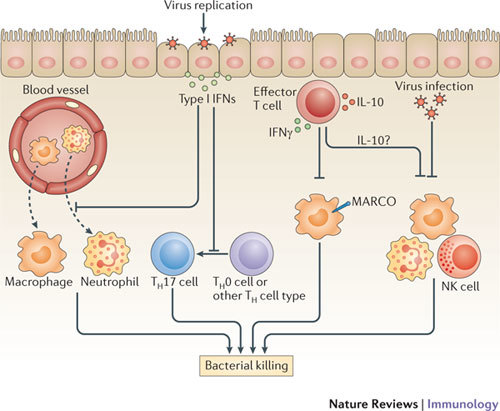Figure 3. Respiratory virus infection and susceptibility to secondary bacterial infection.

Multiple distinct mechanisms have been postulated to account for the increased susceptibility to bacterial superinfection and bacterial pneumonia following infection with respiratory viruses such as type A influenza viruses. Influenza virus infection induces the production of type I interferons (IFNs), which inhibit the recruitment of circulating neutrophils and macrophages to the lung following bacterial challenge. Type I IFNs also inhibit the differentiation of antibacterial T helper 17 (TH17) cells from naive T cells (TH0 cells) or other TH cell types (such as TH1 and TH2 cells)110 and thereby potentiate host susceptibility to secondary bacterial infection. IFNγ production by influenza virus-specific effector T cells decreases the expression of macrophage receptor with collagenous structure (MARCO) by alveolar macrophages and inhibits the ingestion of bacteria by these cells. Moreover, interleukin-10 (IL-10) production by influenza virus-specific effector T cells may inhibit the ability of innate immune cells, in particular macrophages, to kill bacteria. Finally, the direct interaction and/or infection of innate immune cells — such as macrophages, neutrophils and natural killer (NK) cells — with influenza virus suppresses the ability of these cells to take up and kill bacteria.
